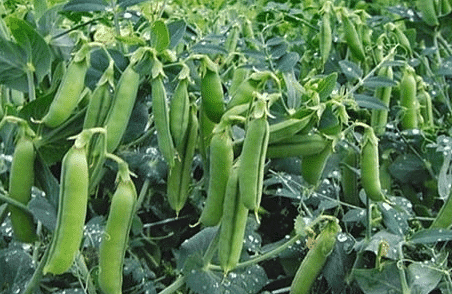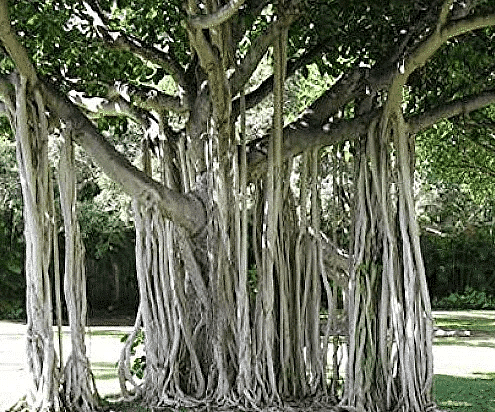Abdul In The Garden - 2 Class 4 Worksheet EVS Chapter 19
Q1: Fill in the Blanks
(i) Abdul was helping his __________ in the garden.
Ans: Abbu
(ii) Abdul knocked down a stick that was supporting the __________ plant.
Ans: pea

(iii) The delicate stem of the pea plant __________.
Ans: broke
(iv) Abdul's hands became red by the effort of pulling out __________.
Ans: grass
(v) Abdul wondered whether radish was a __________.
Ans: root
Q2: True and False
(i) Abdul easily pulled out the grass because its roots were weak.
Ans: False
(ii) The neem tree fell down during the strong wind.
Ans: False
(iii) The banyan tree's hanging branches are actually its roots.
Ans: True
(iv) Abdul watered the huge neem tree regularly.
Ans: False
(v) The Desert Oak tree's roots go deep into the ground for water.
Ans: True
Q3: Multiple Choice Questions (MCQ)
(i) What did Abdul's Abbu ask him to do with the grass roots?
(a) Water them
(b) Cut them
(c) Pull them out
(d) Dig them out
Ans: (d)
Abdul's Abbu asked him to dig out the grass roots because they were strong and needed to be removed completely.
(ii) Why did Abdul's hands become red while pulling out grass?
(a) Grass was red
(b) He was allergic to grass
(c) It required a lot of effort
(d) He used red gloves
Ans: (c)
Abdul's hands became red from the effort of pulling out grass, as mentioned in the text.
(iii) What was the purpose of the stick that Abdul knocked down?
(a) To support the pea plant
(b) To scare away birds
(c) To hit the grass
(d) To dig the soil
Ans: (a)
The stick was supporting the pea plant, and knocking it down caused the pea plant's delicate stem to break.
(iv) Why did Abdul and his Abbu run with the radish they pulled out?
(a) They were playing a game
(b) They were in a hurry to eat the radish
(c) A strong wind and rain started suddenly
(d) They were afraid of the radish
Ans: (c)
Abdul and his Abbu ran with the radish because a strong wind and rain suddenly started, as described in the text.
(v) Which tree's roots are like pillars that provide strong support?
(a) Mango tree
(b) Banana tree
(c) Banyan tree
(d) Oak tree
Ans: (c)
The banyan tree's hanging roots provide strong support, resembling pillars.
Q4: Short Questions Answer
(i) Why did Abdul have difficulty pulling out the grass?
Ans: Abdul had difficulty pulling out the grass because the grass roots were strong and needed to be dug out. Pulling them out wouldn't remove them completely.
(ii) What did Abbu say about the roots of grass?
Ans: Abbu said that the roots of grass were strong and needed to be dug out, as pulling them out wouldn't work. He mentioned that the roots were spread out.
(iii) Why did Abdul's Abbu ask him not to pull out the grass but to dig it out?
Ans: Abdul's Abbu asked him to dig out the grass because the roots were spread out and pulling them out wouldn't remove them completely. Digging them out was the proper way to remove them.
(iv) Why did the delicate stem of the pea plant break when Abdul knocked down the stick?
Ans: The delicate stem of the pea plant broke because it lost its support when Abdul knocked down the stick that was holding it. The stick was supporting the plant's climbing growth.
(v) Why did Abdul and his Abbu run with the radish they pulled out?
Ans: Abdul and his Abbu ran with the radish because a strong wind and rain suddenly started, and they wanted to protect the radish from getting damaged. They didn't want the radish to get blown away or damaged by the weather.
|
49 videos|217 docs|54 tests
|
FAQs on Abdul In The Garden - 2 Class 4 Worksheet EVS Chapter 19
| 1. What are the benefits of having a garden? |  |
| 2. How can I start my own garden? |  |
| 3. How often should I water my garden? |  |
| 4. How can I protect my garden from pests? |  |
| 5. How can I make my garden more sustainable? |  |





















